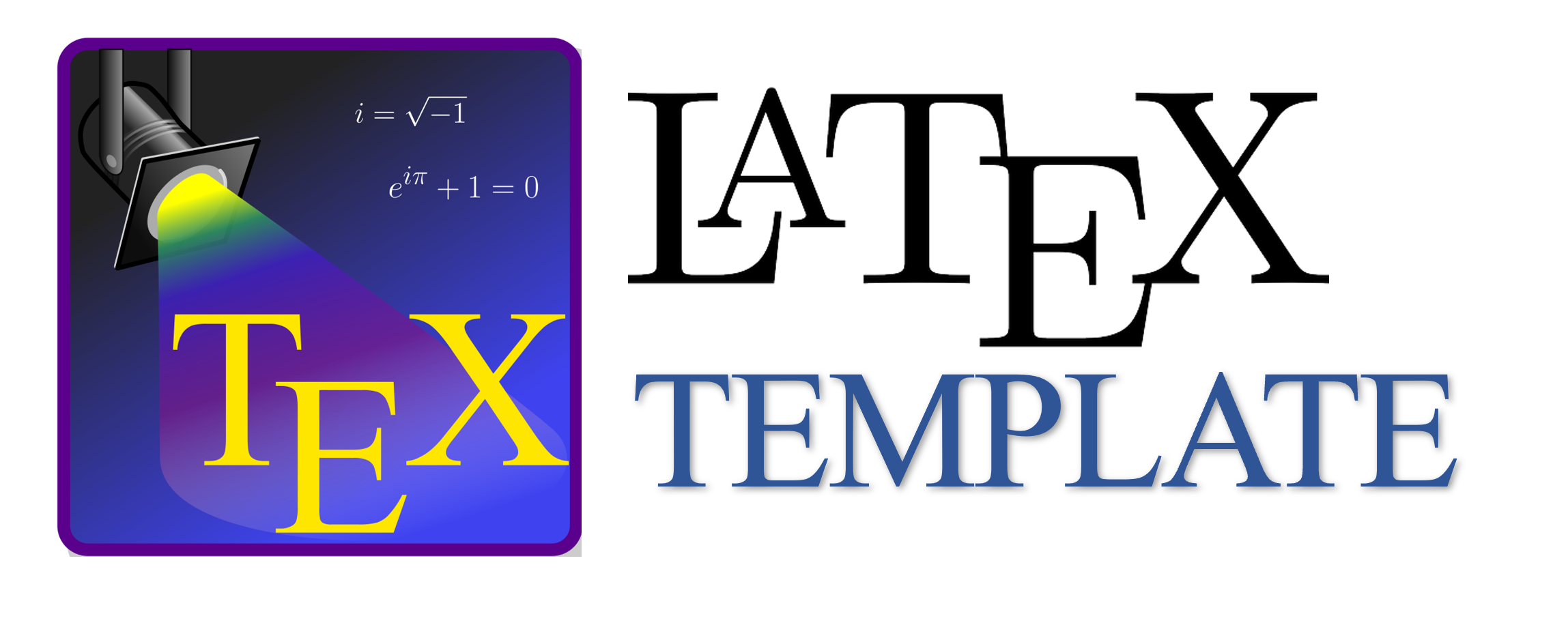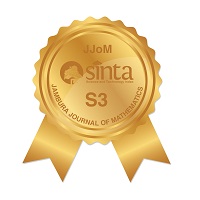On The Hidden Structure of Odd Numbers and Its Consequences for the Riemann Hypothesis
Abstract
Keywords
Full Text:
PDFReferences
S. Abdelaziz, A. Shaker, and M. M. Salah, "Development of New Zeta Formula and its Role in Riemann Hypothesis and Quantum Physics" Mathematics, vol. 11, no. 13, p. 3025, 2023, doi: 10.3390/math11133025.
S. Suman and R. K. Das, "A note on series equivalent of the Riemann hypothesis" Indian J. Pure Appl. Math., vol. 54, no. 1, pp. 117-119, 2023, doi: 10.1007/s13226-022-00237-6.
V. Rahmati, "On Relation Of The Riemann Zeta Function To Its Partial Product Definitions" Appl. Math. E-Notes, vol. 20, pp. 388-397, 2020.
C. Aistleitner, K. Mahatab, and M. Munsch, "Extreme Values of the Riemann Zeta Function on the1-Line" Int. Math. Res. Not., vol. 2019, no. 22, pp. 6924-6932, Nov. 2019, doi: 10.193/imrn/rnx331.
A. B. Kostin, V. B. Sherstyukov, and D. G. Tsvetkovich, "Enveloping of Riemann's Zeta Function Values and Curious Approximation" Lobachevskii J. Math., vol. 43, no. 3, pp. 624-629, 2022, doi: 10.1134/S1995080222060178.
Q. Y. Liu, "Multiplicative Functions Resembling the Möbius Function" Acta Math. Sin., pp. 1-13, 2023, doi: 10.48550/arXiv.2205.00972 .
A. Roy, A. Zaharescu, and M. Zaki, "Some identities involving convolutions of Dirichlet characters and the Möbius function" Proc.-Math. Sci., vol. 126, pp. 21-33, 2016, doi: 10.1007/s12044-015-0256-1.
J. Czopik, "The Estimation of the Mertens Function" Adv. Pure Math., vol. 9, no. 04, pp. 415-420, Apr. 2019, doi: 10.4236/apm.2019.94019.
Z. Gu and B. Yang, "An extended Hardy-Hilbert's inequality with parameters and applications" J. Math. Inequalities, vol. 15, no. 4, pp. 1375-1389, 2021, doi: 10.7153/jmi-2021-15-93.
A. Wang, H. Yong, and B. Yang, "On a new half-discrete Hilbert-type inequality with the multiple upper limit function and the partial sums" J. Appl. Anal. Comput., vol. 12, no. 2, pp. 814-830, Apr. 2022, doi: 10.11948/202104239.
A. Walfisz, Weylsche Exponentialsummen in der neueren Zahlentheorie. Berlin: VEB Deutscher Verlag der Wissenschaften, 1963, doi: 10.1002/zamm.19640441217.
F. A. Mala and R. Ali, "The Big-O of Mathematics and Computer Science" Appl. Math. Comput., vol. 6, no. 1, pp. 1-3, Jan. 2022, doi: 10.26855/jamc.2022.03.001.
J. Pintz, "An effective disproof of Mertens conjecture" Astérisque, vol. 147, no. 148, pp. 325-333, 1987. [Online] Available at: http://www.numdam.org
B. Saha and A. Sankaranarayanan, "On estimates of the Mertens function" Int. J. Number Theory, vol. 15, no. 02, pp. 327-337, 2019, doi: 10.1142/S1793042119500143.
G. Hurst, "Computations of the Mertens function and improved bounds on the Mertens conjecture" Math. Comput., vol. 87, no. 310, pp. 1013-1028, 2018, doi: 10.48550/arXiv.1610.08551 .
Y. Velenik, "Chapitres Choisis de Théorie des Probabilités" Univ. Génève, pp. 17-20, 2023.
P. Martin-Löf, "The definition of random sequences" Inf. Control, vol. 9, no. 6, pp. 602-619, 1966, doi: 10.1066/S0019-9958(66)80018-9.
DOI: https://doi.org/10.37905/jjom.v6i1.23985
Copyright (c) 2024 Junior Mukomene

This work is licensed under a Creative Commons Attribution-NonCommercial 4.0 International License.
Jambura Journal of Mathematics has been indexed by
Jambura Journal of Mathematics (e-ISSN: 2656-1344) by Department of Mathematics Universitas Negeri Gorontalo is licensed under a Creative Commons Attribution-NonCommercial 4.0 International License. Powered by Public Knowledge Project OJS.
Editorial Office
Department of Mathematics, Faculty of Mathematics and Natural Science, Universitas Negeri Gorontalo
Jl. Prof. Dr. Ing. B. J. Habibie, Moutong, Tilongkabila, Kabupaten Bone Bolango, Gorontalo, Indonesia
Email: [email protected].



















